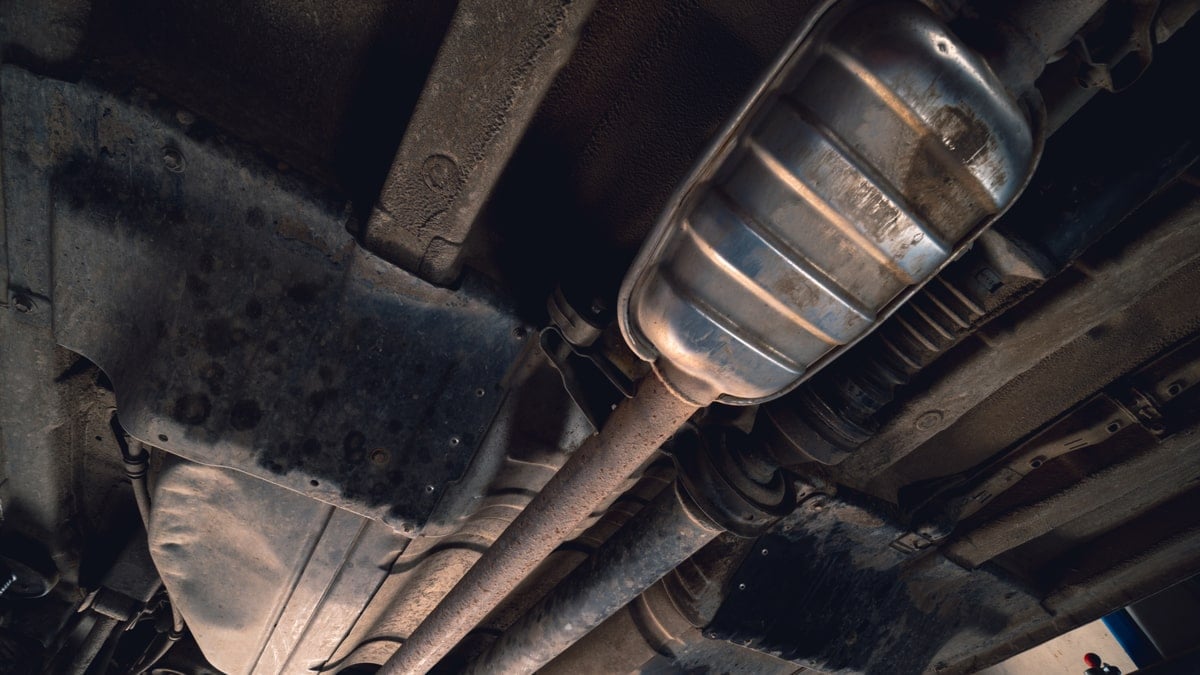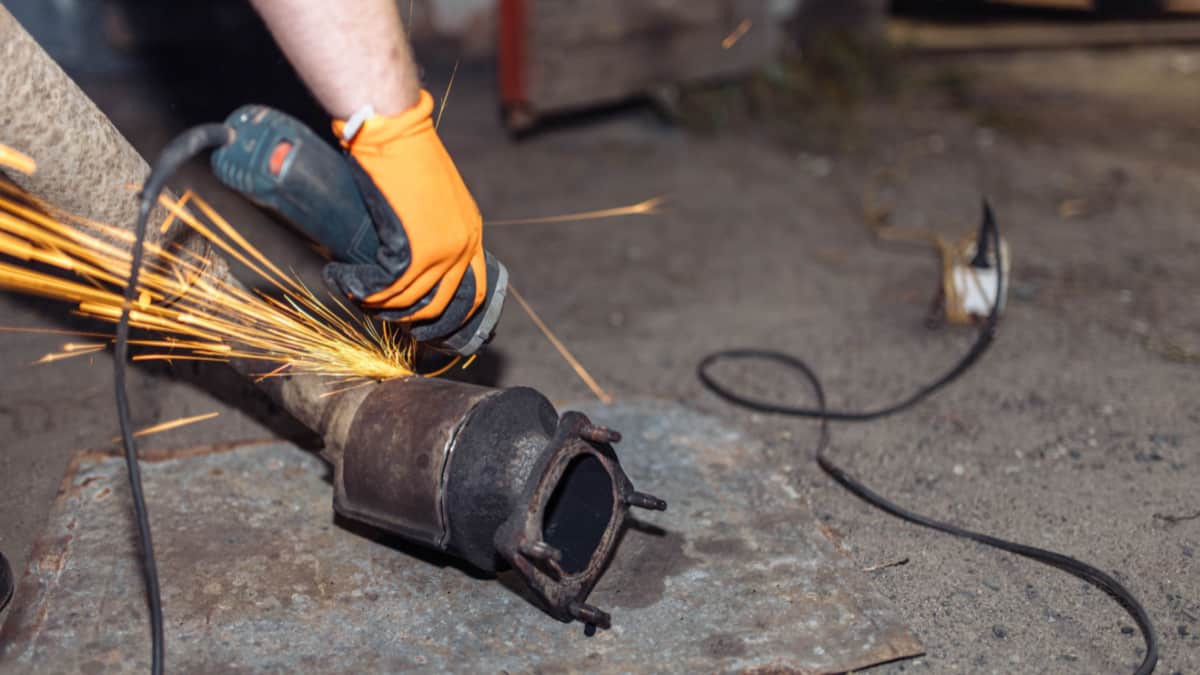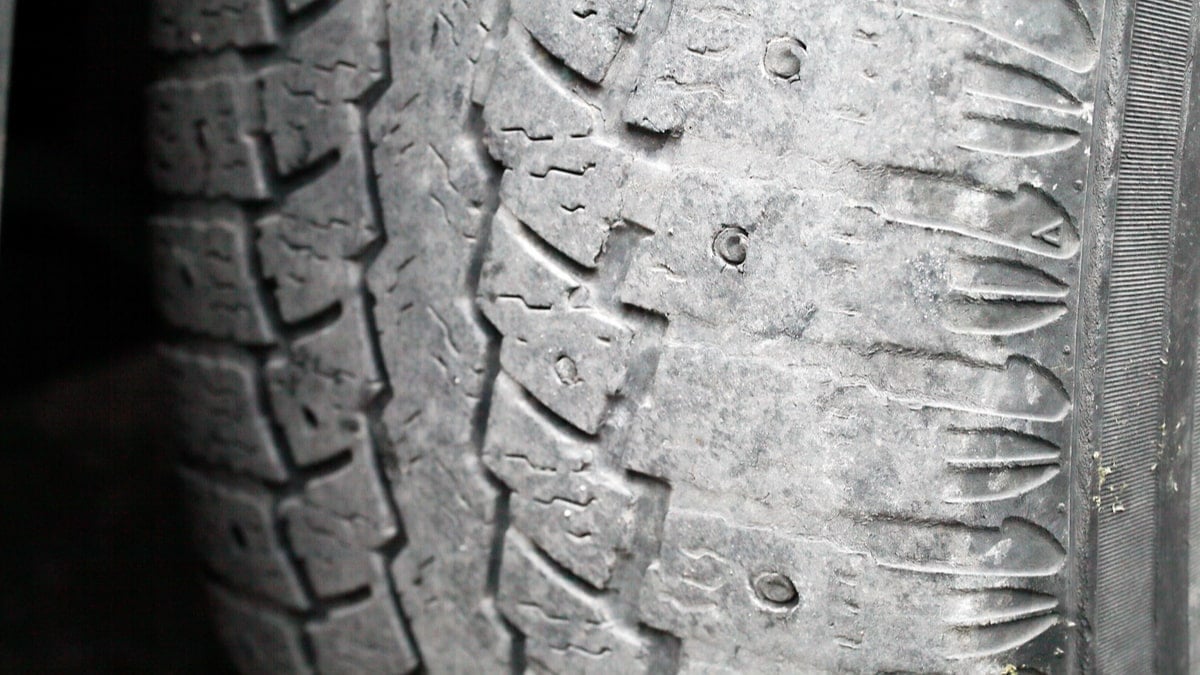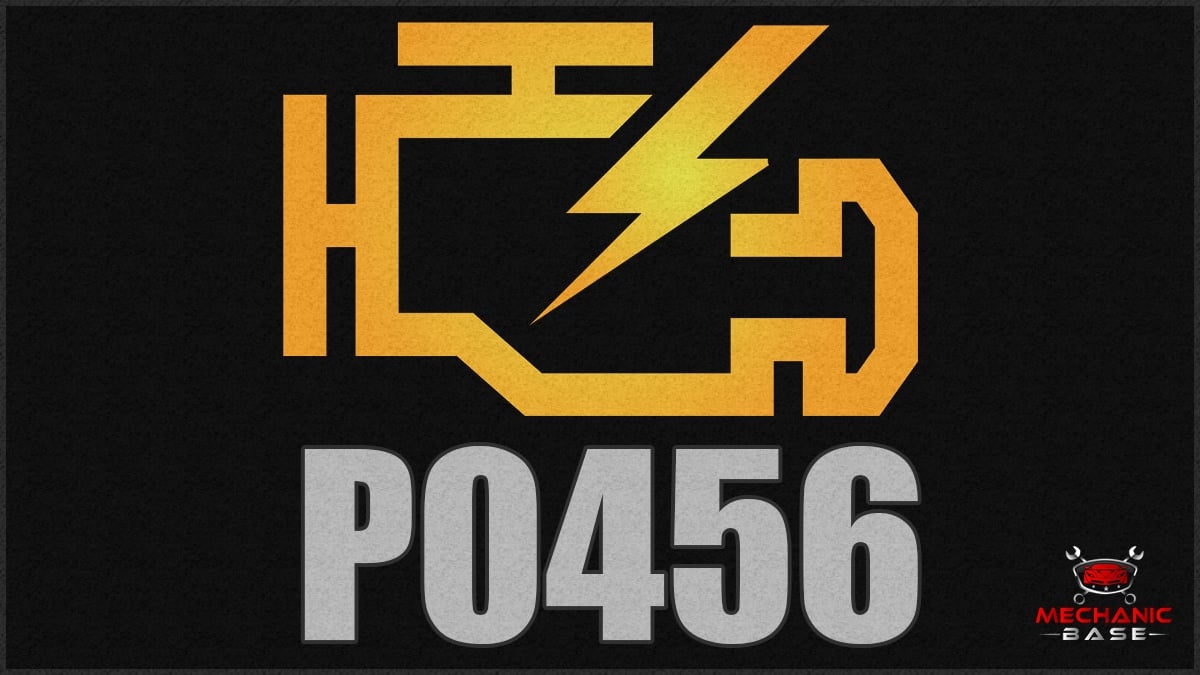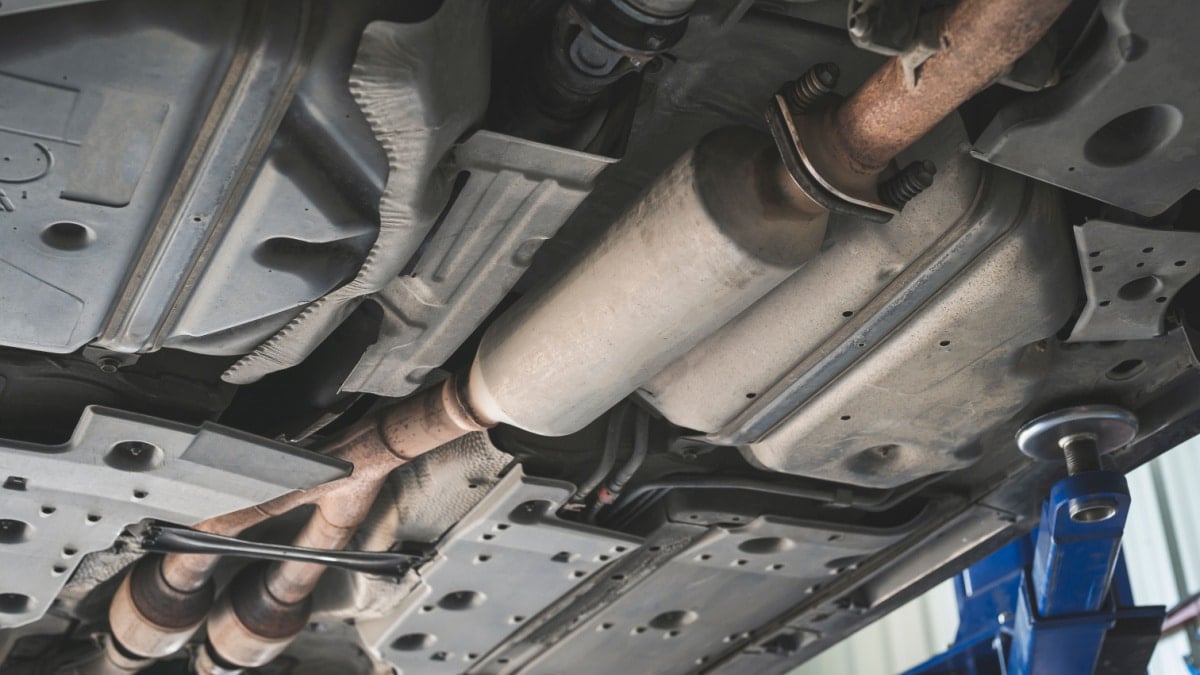The resonator is a vital part of the car’s exhaust system. It works with the muffler to create a more pleasant sound from the vehicle. However, some people find that performing a resonator delete is more beneficial to their needs.
Are you thinking of getting a resonator delete done on your car? Great! This article will tell you all about the pros and cons, as well as the average cost. Stay tuned to learn more.
What is the Resonator Delete?
The resonator delete is a popular car modification that alters the flow of exhaust pulses moving through the system. During a resonator delete, the resonator part is completely removed.
A resonator delete alters the exhaust sound and removes weight from the vehicle. It’s usually a legal modification, requiring minimal maintenance with no big changes to the muffler. However, it can create droning sounds, reduce flow, impair engine efficiency, turn on the Check Engine Light, and may void the warranty.
A resonator delete isn’t the same as a muffler delete, which involves taking off the muffler instead. However, both options have many of the same benefits and disadvantages. Some people also choose to remove the resonator and muffler to replace the system with a straight pipe exhaust instead.
RELATED: Muffler Delete: Pros & Cons (and Average Cost)
Resonator Delete Pros
1. Changes Sound Profile
With the resonator off, you will notice a deeper sound. It becomes more authentic, giving it a completely unique exhaust note.
While the resonator delete won’t alter the sound in a profound way, it is noticeable. However, the larger the muffler is, the less you might notice.
2. Reduces Weight
Any time you can remove weight from your vehicle, you are increasing performance. When you remove a part, your car is also getting a weight loss.
Each exhaust resonator might weigh around twenty pounds, so you are taking off about forty if your vehicle has two. While this might not seem like a big change, every pound counts when performance matters.
3. Usually Legal Modification
In most states, it’s legal to modify the exhaust after the catalytic converter. On the other hand, anything that occurs before the cat is not legal.
As long as you aren’t changing the emissions profile of your vehicle, most states don’t care if you take the resonator off. However, you should do your own research, because there are a few states that don’t allow any modifications to the exhaust system.
4. Requires Minimal Maintenance
After the resonator delete is completed, you don’t need to do anything else. You won’t need to repair or inspect anything after the job.
For the most part, there shouldn’t be any performance issues either. The only trouble you might encounter is a Check Engine Light with a newer vehicle, but we will touch more on that in a minute.
5. Keeps Your Muffler Intact
When you take off the resonator, you don’t need to do anything with the muffler. Even if you have a dual exhaust, you don’t need to make any modifications.
In some cases, you may need a Y pipe at the end of the exhaust to keep things running properly. With this setup, you will get a deeper note that is pleasing.
RELATED: How to Make Your Car’s Exhaust Sound Louder (8 Ways)
Resonator Delete Cons
1. Droning Sounds
The resonator is responsible for removing the droning sounds that occur when driving at higher speeds for longer distances. This sound is more noticeable at 3,000 to 4,000 RPMs.
With the resonator off, the drone and hum sounds are more prevalent. You could also hear some rattling or screeching sounds at certain RPMs, although they shouldn’t be too bothersome.
2. Lose Some Efficiency
The resonator is meant to create the most efficient exhaust possible. With it intact, fuel efficiency is optimized.
With the resonator delete, you could see a small drop of efficiency. This situation is caused by an engine that must work harder to produce the same amount of horsepower. However, the impact is so minor, that it could be completely unnoticed at all.
3. Reduce Exhaust Flow Speed
In the modern vehicle, pistons are used to push the exhaust gas out of the chamber so it can fill back up with fresh fuel and air. The resonator is needed to add extra force to this process, helping the gases move faster. With a resonator, the sound waves help to evacuate the chamber, making room for more fuel and air.
The stronger the waves are, the better the vacuum pressure is. When you take the resonator off, you lose these sound waves, thereby creating less pressure. As a result, the exhaust flow speed is slightly reduced. However, this isn’t normally noticeable by the average driver.
4. Check Engine Light
The resonator is part of the exhaust system, which can be heavily monitored on newer vehicles. When you take the resonator off, it can impact the catalytic converter performance. In some cases, this backpressure change can cause the Check Engine Light to come on. You should be able to read the codes with an OBDII scanner.
This shouldn’t cause your vehicle to fail an emissions test because the cat is still in place. However, you could find it annoying driving with the Check Engine Light on. Additionally, it becomes more difficult to know when there truly is an issue if the warning light is constantly illuminated. For this reason alone, some people avoid performing a resonator delete.
5. Voids Warranty
If you drive a newer vehicle, you may still have a warranty in place. Making changes to the exhaust system could cause the warranty to become void. If you have to pay for repairs out of pocket, you could be looking at a hefty bill, depending on what goes wrong.
In most cases, the entire warranty won’t be voided. Legally, automakers are only allowed to deny warranty coverage if the modification directly caused the part failure. Therefore, if your car stereo goes out, the dealership can’t blame the problem on your exhaust modifications.
However, if you drive an older car, this isn’t even an issue. It’s unlikely that you still have a car warranty, so you are free to make whatever changes you legally can.
Resonator Delete Cost
The average cost of professional resonator delete is between $100 and $200, if using aftermarket parts. If welding is required, you might need to spend a little more. Additionally, if you are removing two resonators, the fee could double.
However, it’s not difficult to remove a resonator with the right tools and a piece of pipe at home. By doing it yourself, you can save a lot of money.
How to Do Resonator Delete
1. Jack Up the Vehicle
You need to get under the vehicle to perform a resonator delete. The best way to do this is to jack it up for more clearance.
Place the jack in an appropriate place and raise the vehicle. Gently place the car on stable jack stands for your security.
2. Find the Resonator
Before you can move on, you must understand what part you are working with. After lifting the vehicle, you should have no trouble finding the resonator.
It’s located after the catalytic converter, although it could be very close. However, it should be found before the muffler. If you are working with two resonators, you want to find both of them before proceeding.
3. Cut the Pipe
Before you cut any pipes, it’s important to protect yourself. You should put on some hearing protection, safety glasses and gloves.
With a saw blade or an angle grinder, you can cut the exhaust pipe before and after the resonator. You can make this cut up to two inches in either direction. If you have two, you will have to perform double the number of cuts.
4. Remove Resonator
Once these cuts have been made, it should be simple to get the resonator off. You can simply remove it.
If the resonator isn’t coming off easily, you might not have cut all the way through. Take another look at your cuts to see where the error is and try again.
5. Weld Pipes
With the resonator off, you need to weld the exhaust pipes together. If you don’t have welding experience, it might be best to rely on a professional for this service.
Additionally, you can purchase an exhaust clamp kit to hold the two joints together. Take some bolts and fasten it down on either end.
Learn more:
EGR Delete – What is it, Pros and Cons & Cost
Categories: Exhaust
